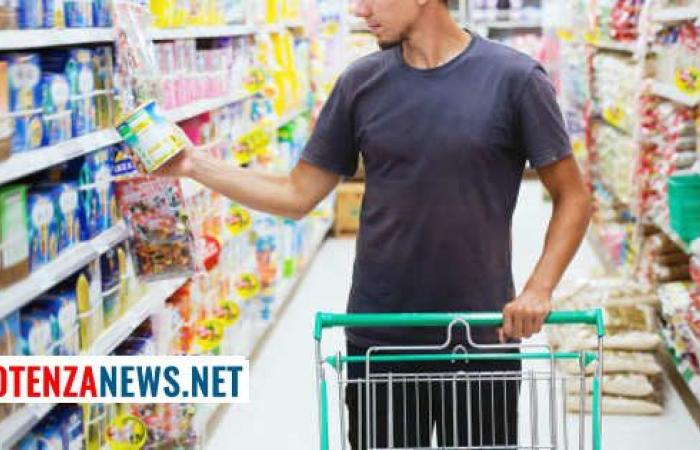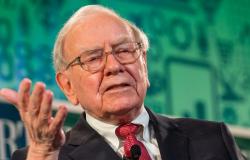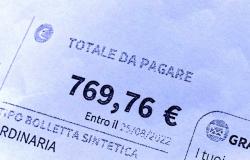We change, half a century later, and it is a small revolution.
Goodbye to the barcodes on the products: it will arrive in supermarkets Qr code.
The barcode came into common use 50 years ago: it was first used to sell a pack of chewing gum in a supermarket in Ohio, USA.
It was June 26, 1974. It cost 0.61 cents.
Now it’s ready to go to the attic.
As explained today “by December 2027 the barcode in commercial products will be replaced by the QR code.
The idea starts from an initiative, “Sunrise 2027”, which they joined twenty-two leading global consumer goods companies: specifically, they signed a joint statement to ask that retailers and manufacturers adopt the “GS1” standard QR codes by the end of 2027.
They participated, for example, Alibaba, Barilla, Carrefour, L’Oreal, Lidl, Mondelez, Nestle.
What changes in practical terms, especially for consumers?
QR codes can contain a large amount of product information and make it easily accessible via smartphoneenabling a vast range of potential which, from the perspective of those who produce them, could completely revolutionize the consumer experience.
Change the way you shop, therefore, with product traceability made much more “instantaneous”, within reach of a mobile phone.
Not only.
With the growing demand from consumers to also understand the environmental impact of the products they purchase, QR codes can provide information such as the origin of a product, its components, its carbon footprint and indications on the recycling or reuse of packaging.
Furthermore, QR codes may have regulatory information, detailed advice on allergies and expiry dates, allowing expired foods to be delivered to the checkout and those close to expiry to be sold at reduced pricesresulting in a reduction in food waste.
They also allow information to go beyond the space available on product packaging and can thus improve the consumer experience by connecting them to additional information on the web, such as video tutorials, usage tips, recipes or other information relevant to the purchase.
In Italy, approximately 500,000 are sold every year. 350 thousand consumer products packaged with the “GS1 barcode”: they pass through the checkout 32.4 billion times, generating 2.7 billion receipts.
Companies will have to evaluate technology and internal processes to maximize the potential of new codes and to gradually manage changes at your own pace.
It will also be necessary a coordinated effort between manufacturers and distributors: manufacturers will have to start implementing GS1 standard QR codes on their product packaging, while retailers will have to ensure that the cash register scanners in their stores are equipped to read these codes next generation.
The change is already underway, with the experimentation of the new technology in 48 countries around the world, representing 88% of the world’s gross domestic product.
Here’s what they are 22 companies that signed the global joint declaration. The producers: Barilla Group, Dr. Oetker, L’Oréal, Master Kong (Tingyi Holding Corp.), Mengniu Group, Mondelēz International, Nestlé, Savencia Fromage & Dairy, The J.M. Smucker Co., The Procter & Gamble Company, Tsingtao Beer Ltd., WH Group (Henan Shuanghui Development Co.), Yili Group. I Retailer: 7-Eleven (CP ALL Thailand), AS Watson, Carrefour, IGA, Lidl International, Metro, Migros Ticaret A.S. I Marketplace: Alibaba.com (Taobao & Tmall Group), JD.com Group”.






